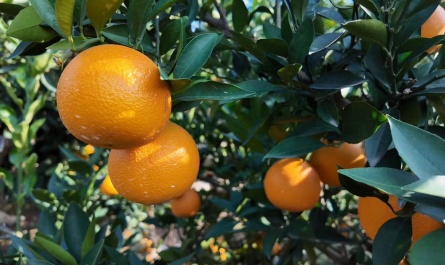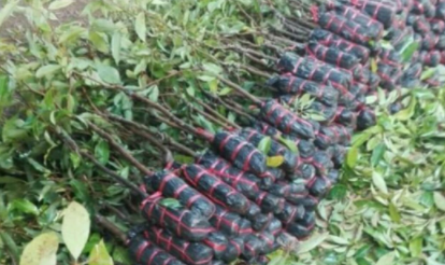Knowledge
-
Rational Use of Plant Growth Regulators to Promote Fruit Tree Yield and Quality ImprovementDate: 2025-12-18In fruit tree production, Gibberellic Acid (GA3) is widely used to break the dormancy of seeds or buds in certain tree species, thereby promoting rapid germination and shortening seed treatment time to advance germination and increase germination rate.

-
Combination of Different Plant Growth Regulators with Rooting HormoneDate: 2025-12-16Indole-3-Butyric Acid (IBA) and 1-Naphthyl Acetic Acid (NAA) This combination is commonly used for cuttings or transplanted crops. For example, a 5% IBA·NAA soluble powder (containing 2.5% IBA and 2.5% NAA) can activate cell differentiation and promote root primordia formation

-
Differences and Applications of Zeatin Trans-Zeatin and Trans-Zeatin RibosideDate: 2025-12-12Zeatin promotes cell division and can affect other stages of the cell cycle. Its functions include inhibiting chlorophyll and protein degradation, slowing respiration, maintaining cell vitality, delaying plant senescence, reversing toxic effects on leaves, inhibiting root formation, and promoting shoot formation at high concentrations.

-
14-Hydroxylated brassinolide Supporting Scientific Planting and Application Analysis of Typical CropsDate: 2025-12-1014-Hydroxylated brassinolide can precisely act on each stage of plant growth: promoting root and seedling growth during the seedling stage, protecting flowers and fruits during the flowering stage, and improving quality during fruit enlargement, allowing crops to do the right thing at the right time.




